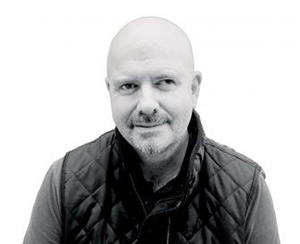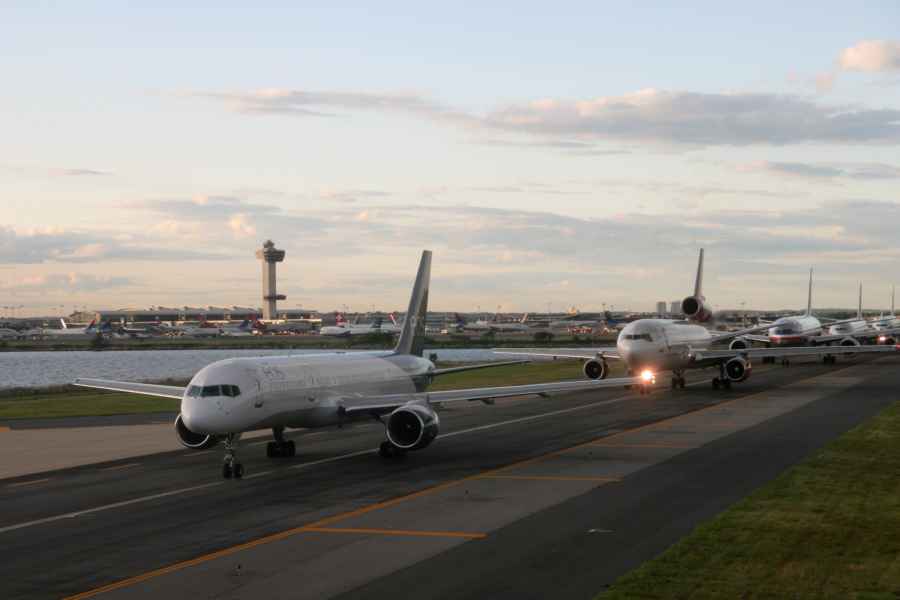As I write this, the inspirational young climate-change protestor Greta Thunberg is in the news again, and recently finished a long sea voyage to the USA rather than jumping on a plane. Whatever your thoughts on the politics of climate change and the tactics of campaigners, even the most ardent global warming denier has to admit that something is going on with all these floods and heatwaves.
Since many AP readers will be keen travel or landscape photographers who regularly hop on planes, should we be doing more to reduce the environmental impact of our passion? While I don’t feel guilty about already making several trips to Asia this year, it does make me think. But what are my options?
Slow boat to China
I am even more time-poor than I am cash-poor, so taking a slow boat to China isn’t that practical given the demands of helping to run a weekly magazine. While lots of flights over the course of a year are not exactly great for the planet, you can offset it to an extent. A good starting point when booking a flight is to check out how fuel efficient the airline is, so I’ll be using the green travel site, atmosfair.de, a lot more.
There’s also lots of information online about those airlines which use biofuel, and logic suggests flying in business class is less green than economy, as fewer people are being moved by the same amount of fuel (that’s one thing to feel better about when you are sandwiched between two sumo wrestlers on a long-haul flight to Tokyo).

- Flying may be a necessity for travel photographers but it comes at a cost to the planet. Image credit: Geoff Harris
Flying aside, what more can concerned photographers do when going abroad? Maybe try to get by with your existing travel clothes rather than indulging in a new outfit. The global textile industry produces more carbon emissions than airlines, accounting for around a whopping 8% of global emissions. It’s a start.
Once you arrive, it’s now a lot easier to find environmentally friendly accommodation, even in the developing world. I stayed in a wonderful eco-lodge in Cambodia, which was much more interesting than some bland tourist hotel (I got some good pictures there too). If all this sounds like middle class hand- wringing, I’d point you to a recent story from the highly photogenic Greenland, where an entire community had to be moved because of melting glaciers, not to mention the stricken wildlife.
It’s not just me. As award-winning travel photographer Timothy Bird observes, ‘apart from my conscience, I am fed up with airports and am seriously thinking of travelling overland more by train and bus, getting back into “slow travel”.’
So though I regularly travel for photography, its impact is an inconvenient truth I feel I can no longer ignore. Maybe we could start to heed the adage, ‘the best photographs are often on your doorstep?’
 Geoff Harris is Deputy Editor of Amateur Photographer and a keen travel and documentary photographer in his own right. In 2016, before joining AP, he reached the finals of Pink Lady Food Photographer of the Year with an image taken in south India.
Geoff Harris is Deputy Editor of Amateur Photographer and a keen travel and documentary photographer in his own right. In 2016, before joining AP, he reached the finals of Pink Lady Food Photographer of the Year with an image taken in south India.
The views expressed in this column are not necessarily those of Amateur Photographer magazine or TI Media Limited








